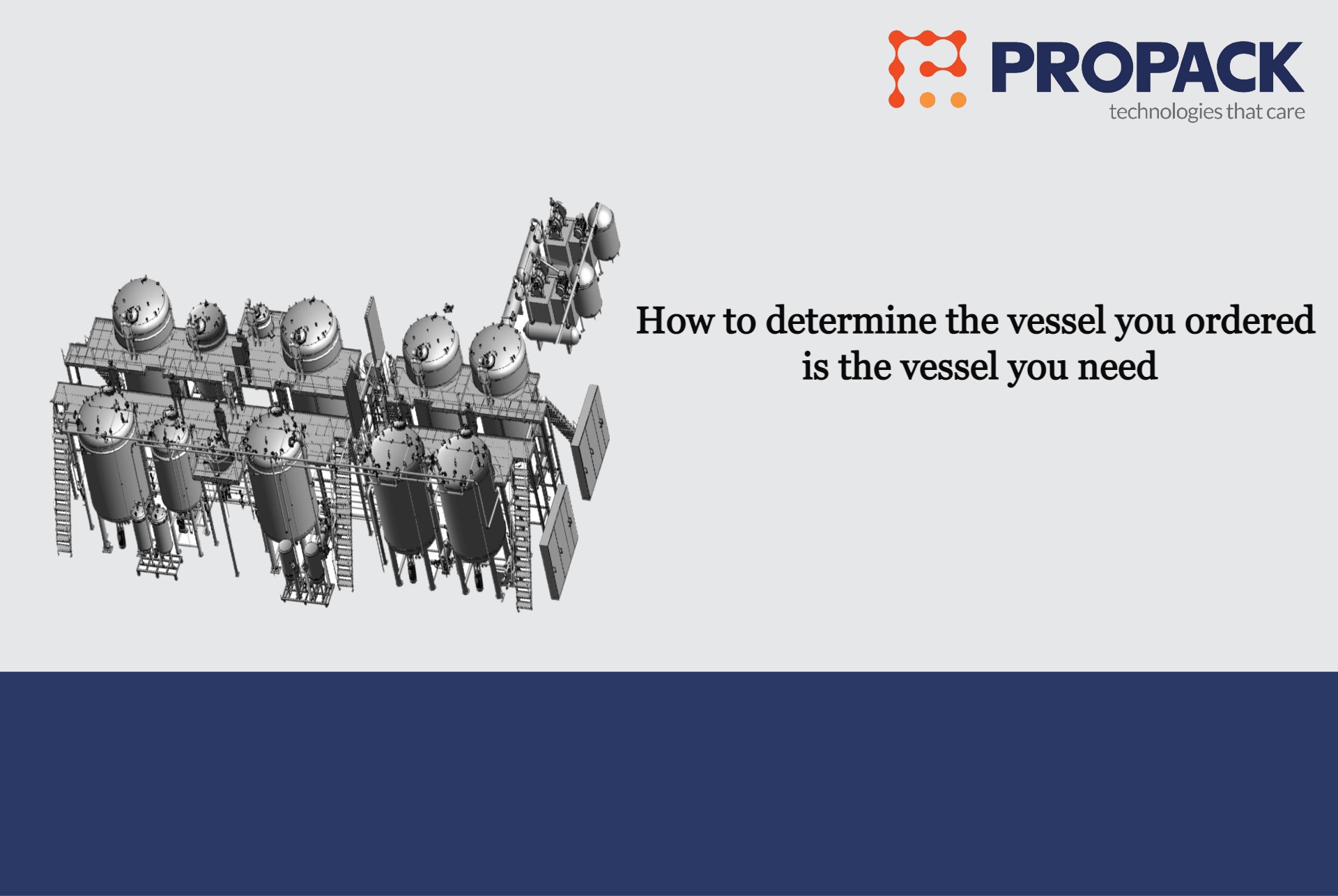

How to determine the vessel you ordered is the vessel you need
Much goes into building a high-performance processing vessel for a pharmaceutical manufacturing operation. Dozens of choices must be made about size, materials, mixing speeds, type of agitation, temperature, port locations, surface finishes and more. And each choice has an impact on how effectively the vessel performs in your environment.
With such complexity, it’s common for manufacturers to end up with a processing vessel that either lacks important features that would have saved more than they cost, includes features that really weren’t needed, or simply took so much back and forth with the equipment manufacturer that deadlines and budgets were missed.
So, while the quality and craftsmanship behind your processing vessel is of great importance, the diagnostic and engineering expertise that precedes it is where you can unlock the most value for your operation.
Process Engineering
The more you can tailor your processing vessels to your unique product and facility characteristics, the better you can control quality and more efficiently you can operate.
To determine the vessel design that will work best in your operation, experienced process engineers will want to dig deep. Here are the areas and types of questions that they’ll want to assess:
Heating/Cooling Needs
- What temperatures do you need to achieve?
- What temperature changes must occur throughout the process.
Product Mix
- Will you process a single product or multiple products in each vessel?
- What are the characteristics of the ingredients in each of your products?
- What turnaround demands are there to switch from one product or shift to another?
Product Type
- Does your product have certain ingredients or characteristics that require special treatment (e.g., ingredients that need to be mixed gently)?
- What is the viscosity of the products you’ll process in the vessel?
- Are any hazardous ingredients used in your product?
- If so, how are they introduced into the processing operation?
Processing Times
- How long does your product needs to be mixed.
- How does that vary by product, volume or other factors?
Workflow Process
- How does this vessel fit in your processing equipment flow?
- Do you consistently run full batches or fluctuate between full and partial?
- Does your processing operation include physical interaction with the vessel that poses employee safety risks?
Capacity, Volume and Throughput
- What are the capacity goals and how does that compare to your current capacity?
- Do you expect capacity growth over time for this vessel?
- How big is the discharge container?
- What is the minimum capacity that can be produced?
Sanitation and Cleaning Processes
- What are the sanitation requirements that your operation must meet?
- What are the cleaning requirements of your product line and how do you fulfil them now?
Facility Characteristics
- What connectors are required to other equipment?
- Are there utilities limitations such as boiler and water systems?
- Once installed, how much space will exist to access the vessel for cleaning and maintenance?
Answers to these questions will have direct implication on the design that will optimize your processing operation.
Other Business Considerations that Impact Vessel Design
Beyond those product and processing questions are some underlying business questions to address as you consider the best vessel system for your needs. For example:
- Are you able to invest a little more upfront to gain a longer use life from your vessel, or do you prefer to solve a shorter-term need? This would inform decisions including type of materials – such as higher alloy metals that can add wear resistance – or even type of welds – spot welds or continuous, full-penetration welds that can reduce leakage risk
- What are your future production plans? Will you be adding products or product variations? New products can suggest a need for increased vessel flexibility to accommodate different types of products. This could impact decisions on vessel shape, agitator styles and surface grades, among others.
- What will your process be for testing your new vessel before installation? Depending on your preferences or corporate requirements, you could choose a range from a visual inspection, to running the agitation system, to testing surface finish and cleaning processes, to a fully integrated processing test. This should be determined upfront to ensure timelines and budget expectations are appropriate.
To know more Connect to us.







